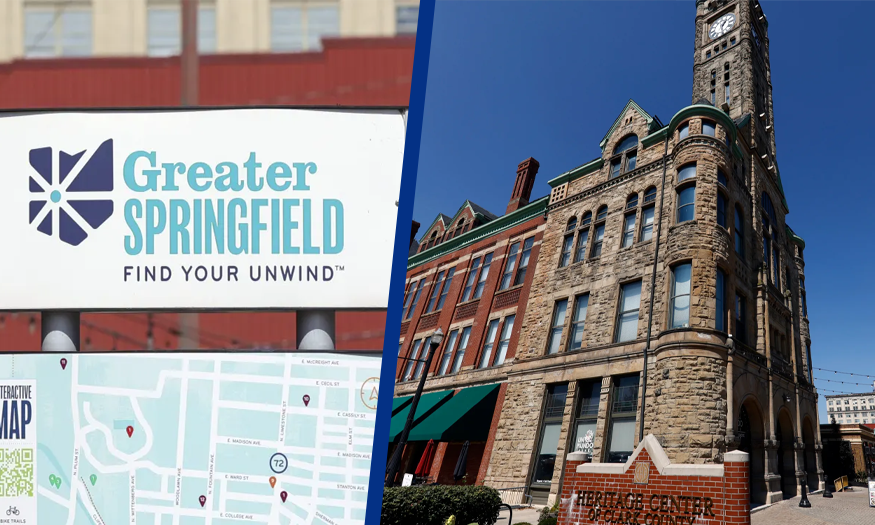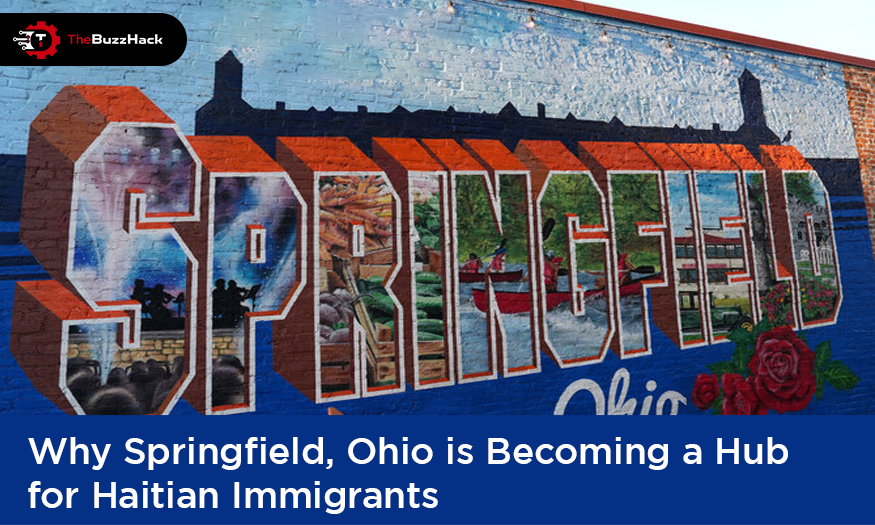Springfield, Ohio, has become a significant destination for Haitian immigrants in recent years. As someone interested in understanding the dynamics behind this migration trend, I’m diving into why Springfield has become a hub for Haitian immigrants and the impact this influx has had on the city.
Why Springfield is Attractive to Haitian Immigrants
Over the past few years, Springfield has experienced a noticeable increase in its Haitian population. The primary draw for many Haitian immigrants is the city’s low cost of living and the abundance of job opportunities. Springfield’s local leadership and Chamber of Commerce have successfully attracted new businesses, creating a plethora of employment options in warehouses, manufacturing, and the service sector. These job opportunities are particularly appealing to immigrants looking for stability and better economic prospects.
Moreover, the city’s shift from a manufacturing hub to a more diversified economy created a significant labor shortage. As news of these opportunities spread, particularly through word-of-mouth among Haitian communities in Florida, Haiti, and South America, many Haitians began arriving in Springfield to fill these vacancies. The COVID-19 pandemic and political instability in Haiti further accelerated this migration trend, with many seeking refuge and a fresh start.

How Many Haitians Live in Springfield?
Estimates of the Haitian population in Springfield vary widely, ranging from 12,000 to 20,000. These figures are derived from a combination of sources, including the Ohio Bureau of Motor Vehicles, local public schools, healthcare providers, and social service agencies. This influx has added a vibrant cultural dimension to Springfield but has also put a strain on local resources.
Immigration Status of Haitian Newcomers
A significant number of Haitian immigrants in Springfield are in the United States legally. Many hold permanent legal status or green cards, while others benefit from Temporary Protected Status (TPS), a federal program that allows nationals from crisis-affected countries to stay and work legally in the U.S. Haitians who arrived in the U.S. on or before June 3, 2024, are eligible for TPS, which provides legal residency and work authorization.
In addition to TPS, some Haitian immigrants in Springfield have applied for asylum, which allows them to remain in the U.S. while their cases are processed. Others have entered the U.S. through sponsorship programs or directly from Haiti, benefiting from various federal initiatives that facilitate their legal stay and work eligibility.
Challenges Facing Springfield
The rapid growth of Springfield’s Haitian population has brought several challenges. The city has struggled with increased demand for healthcare, housing, and educational services. Local officials are working to address these issues by offering English language classes, driving courses, and financial literacy programs.
In response to the growing needs, the state of Ohio has stepped in with $2.5 million to support primary healthcare services and improve road safety. The city’s mayor, Rob Rue, has also been seeking additional federal assistance to further alleviate the pressures on local infrastructure and services.
Springfield, Ohio’s emergence as a hub for Haitian immigrants is a testament to the city’s successful efforts in attracting new businesses and creating job opportunities. While this influx has brought significant benefits to the local economy, it has also posed challenges that the city is actively working to address. Understanding the dynamics of this migration helps shed light on the broader trends affecting communities across the U.S. and the ongoing debate about immigration and its impacts.




